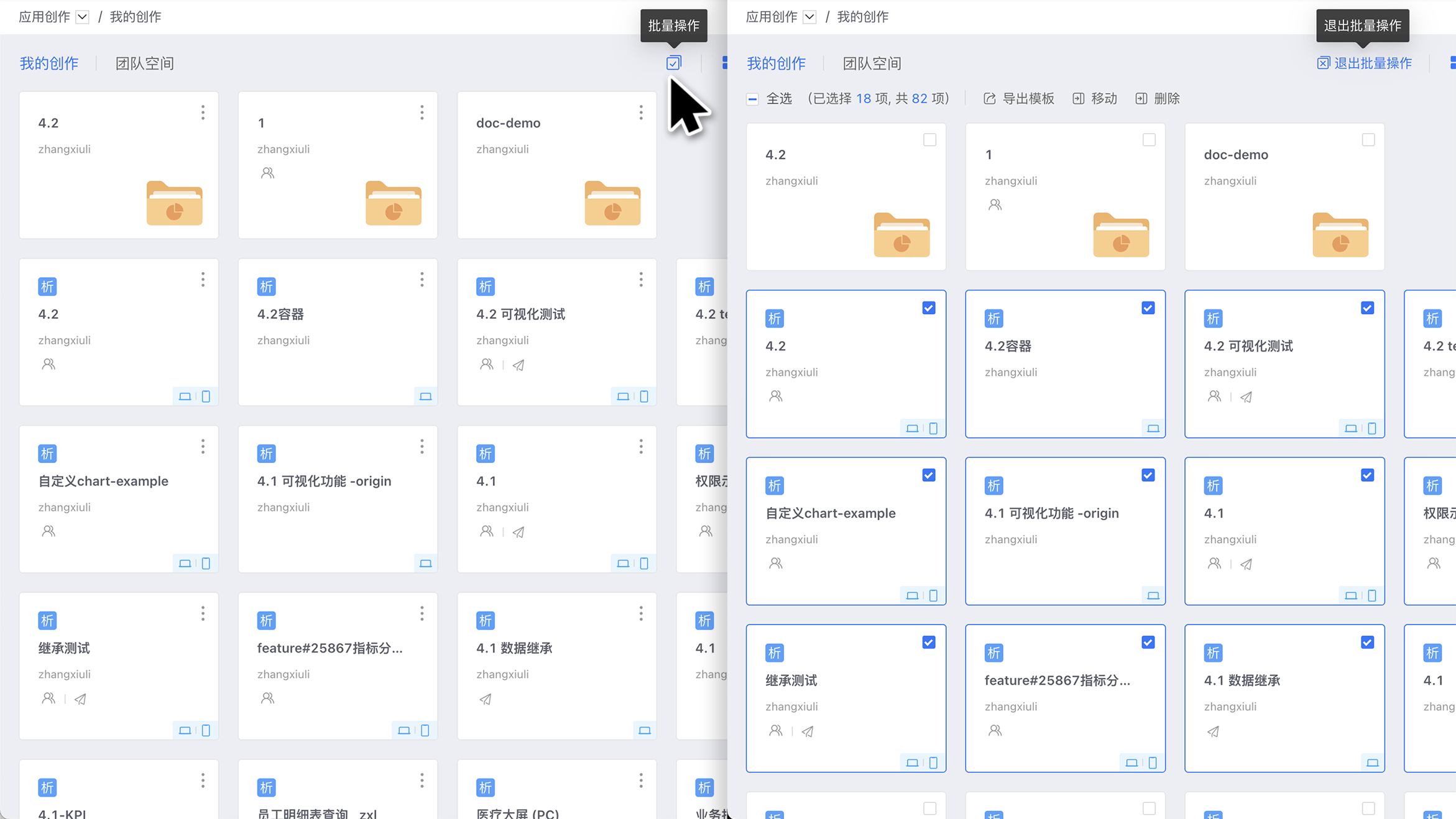原型模式(克隆、Clone、Prototype)是一种创建型设计模式, 使你能够复制已有对象, 而又无需使代码依赖它们所属的类。
问题
譬如美国研制了一种特效药,而且还在专利保护器内,而印度制药公司看中了,并且开始模仿,如果他不研究药里面的成分,只是照着药片的样子颜色复制出来肯定不可以,而且他还需要研究药里面每一份的组成和计量比率。这样的你就把药里面的每一个元素一个一个的分析和验证了一遍。就像我们开发中你必须新建一个属于相同类的对象。 然后, 你必须遍历原始对象的所有成员变量, 并将成员变量值复制到新对象中。
原型模式结构

上代码:
public abstract class Shape {
public int x;
public int y;
public String color;
public Shape() {
}
public Shape(Shape target) {
if (target != null) {
this.x = target.x;
this.y = target.y;
this.color = target.color;
}
}
public abstract Shape clone();
@Override
public boolean equals(Object object2) {
if (!(object2 instanceof Shape)) return false;
Shape shape2 = (Shape) object2;
return shape2.x == x && shape2.y == y && Objects.equals(shape2.color, color);
}
}public class Circle extends Shape {
public int radius;
public Circle() {
}
public Circle(Circle target) {
super(target);
if (target != null) {
this.radius = target.radius;
}
}
@Override
public Shape clone() {
return new Circle(this);
}
@Override
public boolean equals(Object object2) {
if (!(object2 instanceof Circle) || !super.equals(object2)) return false;
Circle shape2 = (Circle) object2;
return shape2.radius == radius;
}
}public class Rectangle extends Shape {
public int width;
public int height;
public Rectangle() {
}
public Rectangle(Rectangle target) {
super(target);
if (target != null) {
this.width = target.width;
this.height = target.height;
}
}
@Override
public Shape clone() {
return new Rectangle(this);
}
@Override
public boolean equals(Object object2) {
if (!(object2 instanceof Rectangle) || !super.equals(object2)) return false;
Rectangle shape2 = (Rectangle) object2;
return shape2.width == width && shape2.height == height;
}
}测试
public class Demo {
public static void main(String[] args) {
List<Shape> shapes = new ArrayList<>();
List<Shape> shapesCopy = new ArrayList<>();
Circle circle = new Circle();
circle.x = 10;
circle.y = 20;
circle.radius = 15;
circle.color = "red";
shapes.add(circle);
Circle anotherCircle = (Circle) circle.clone();
shapes.add(anotherCircle);
Rectangle rectangle = new Rectangle();
rectangle.width = 10;
rectangle.height = 20;
rectangle.color = "blue";
shapes.add(rectangle);
cloneAndCompare(shapes, shapesCopy);
}
private static void cloneAndCompare(List<Shape> shapes, List<Shape> shapesCopy) {
for (Shape shape : shapes) {
shapesCopy.add(shape.clone());
}
for (int i = 0; i < shapes.size(); i++) {
if (shapes.get(i) != shapesCopy.get(i)) {
System.out.println(i + ": Shapes are different objects (yay!)");
if (shapes.get(i).equals(shapesCopy.get(i))) {
System.out.println(i + ": And they are identical (yay!)");
} else {
System.out.println(i + ": But they are not identical (booo!)");
}
} else {
System.out.println(i + ": Shape objects are the same (booo!)");
}
}
}
}0: Shapes are different objects (yay!) 0: And they are identical (yay!) 1: Shapes are different objects (yay!) 1: And they are identical (yay!) 2: Shapes are different objects (yay!) 2: And they are identical (yay!)
原型模式优缺点
- 你可以克隆对象, 而无需与它们所属的具体类相耦合。
- 你可以更方便地生成复杂对象。
- 你可以用继承以外的方式来处理复杂对象的不同配置。


















